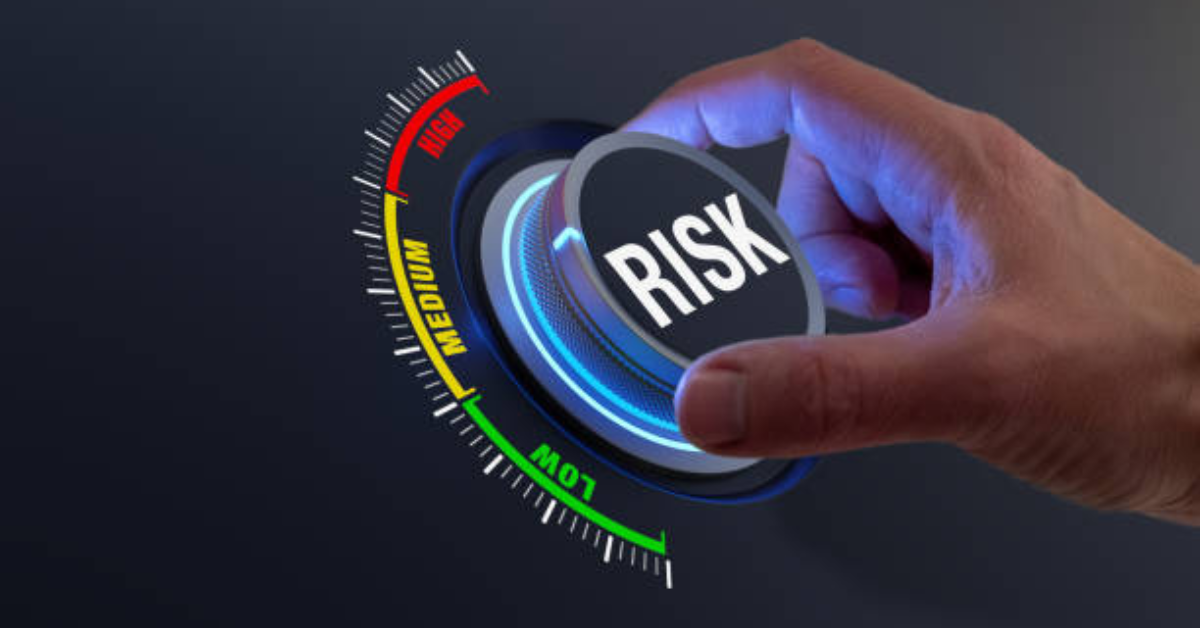In this blog, we cover an important topic for exam preparation – Types of Risks in Banks which is highly relevant for upcoming Banking and Government Exams in 2025, including RBI Grade B, RBI Assistant, SEBI, NABARD, SIDBI, SBI PO, IBPS PO, IBPS Clerk, and more.
This article provides a brief overview of the different types of risks faced by banks, explains key concepts, and defines each risk category in simple terms. Understanding these risks is crucial for the General Awareness and Banking Awareness sections of most competitive exams.
What are the Risks?
A bank faces many different types of risks and these need to be managed very carefully. The risks in Banks arise due to the occurrence of some expected or unexpected events in the economy or the financial markets. Risks can also arise from staff oversight or mala fide intention, which causes erosion in the values of assets thus leading to a reduction in the bank’s intrinsic value.
Types of Risks in Banks
Banks face a wide range of financial and operational risks that can affect their stability and profitability. Broadly, these risks are classified into two main categories: Systematic Risks and Unsystematic Risks.
Let’s explore the major types of risks in the banking sector with brief explanations:
Liquidity Risk
- Arises from financing long-term assets with short-term liabilities or vice versa.
- Funding Liquidity Risk: Difficulty in obtaining funds to fulfill cash flow obligations.
- Funding Risk: Necessity to replace net outflows due to unexpected deposit withdrawals.
- Time Risk: Compensating for delays in receiving anticipated fund inflows, potentially leading to NPAs.
- Call Risk: Arises from the crystallization of contingent liabilities.
Interest Rate Risk
- Results from adverse interest rate movements during the holding period of assets or liabilities.
- Gap or Mismatch Risk: Discrepancies in maturities of assets, liabilities, and off-balance sheet items.
- Yield Curve Risk: Variations in the yield curve due to different benchmark rates for various instruments.
- Basis Risk: Changes in interest rates on assets or liabilities in different magnitudes.
- Embedded Option Risk: Arises from contracts with customer call options, impacting the net interest margin.
- Reinvestment Risk: Uncertainty about reinvesting cash inflows after loan or investment repayment.
- Net Interest Position Risk: Exposure to reduced Net Interest Position in a declining market interest scenario.
Market or Price Risk
- Arises from adverse movements in the value of investments in a trading portfolio.
- Foreign Exchange Risk: Fluctuations in rates of different currencies, potentially causing losses.
- Market Liquidity Risk: Inability to conclude large transactions in a specific instrument at the current market price.
- Default or Credit Risk: Possibility of a borrower failing to meet obligations, more prevalent in loans.
- Counterparty Risk: Non-performance of trading partners in trading activities.
- Country Risk: Non-performance due to restrictions imposed by the counterparty’s country.
Operational Risk
- Arises from failed internal processes, people, systems, or external events.
- Includes sub-risks such as fraud risk, competence risk, system risk, legal risk, documentation risk, model risk, and external events risk.
Other Risks
- Strategic Risk: Arises from adverse business decisions or improper implementation.
- Reputation Risk: Originates from negative public opinion, potentially leading to litigation, financial loss, or a decline in customer base.
How to Measure Risks in Banks?
Measuring risks in banks is essential for ensuring financial stability and effective risk management. Various tools and techniques are used to evaluate and control different types of risks. Below are the key methods used by banks to measure each type of risk:
Credit Risk
- Credit Scoring Models
Used to assess the creditworthiness of borrowers using financial history, repayment behavior, and other key indicators. - Credit Risk Models
Estimate the Probability of Default (PD), Loss Given Default (LGD), and Exposure at Default (EAD) to quantify risk.
Market Risk
- Value at Risk (VaR)
Measures the potential loss in the value of a portfolio under normal market conditions over a set period. - Sensitivity Analysis
Evaluates how changes in market factors (interest rates, prices, etc.) impact asset values.
Operational Risk
- Loss Data Analysis
Analyzes past operational loss events to identify common sources and trends. - Key Risk Indicators (KRIs)
Monitors specific metrics that signal rising operational risk levels in real-time.
Liquidity Risk
- Gap Analysis
Compares the maturity of assets and liabilities to detect mismatches that could lead to liquidity issues. - Stress Testing
Simulates extreme scenarios like sudden deposit withdrawals or market disruptions to test the bank’s liquidity response.
Interest Rate Risk
- Earnings at Risk (EaR)
Estimates how changes in interest rates affect a bank’s net income. - Duration Analysis
Measures the sensitivity of assets and liabilities to interest rate changes over time.
Compliance and Legal Risks
- Regulatory Compliance Audits
Regular checks to ensure all banking activities comply with current laws and regulations. - Legal Risk Assessments
Reviews legal exposure in contracts, litigation, and regulatory issues.
Reputation Risk
- Customer Feedback and Surveys
Tracks customer satisfaction and potential service-related issues. - Media Monitoring
Observes online and offline media to detect reputational threats early.
Concentration Risk
- Portfolio Diversification Analysis
Assesses the spread of assets across sectors, regions, and borrower types to avoid overexposure. - Geographic and Industry Exposure Checks
Identifies areas where the bank may be excessively concentrated.
Cybersecurity Risk
- Vulnerability Assessments
Identifies gaps in IT infrastructure that could be exploited by cyber threats. - Incident Response Planning
Prepares the bank for effective response in case of data breaches or system attacks.
Recovery and Resolution Planning
Contingency Planning:
Banks prepare contingency plans to manage unexpected crises, such as financial stress or operational disruptions. These plans help ensure business continuity and minimize potential losses. Effective
Banks use tools like quantitative models, stress testing, and scenario analysis to manage risks effectively. Regular updates help align these methods with changing market trends and regulatory requirements, ensuring sound risk management in the banking sector.
Types of Risks in Banks – FAQs
Ans. Systematic risks (market-wide) and unsystematic risks (bank-specific).
Ans. The chance a borrower fails to repay loans, causing losses for the bank.
Ans. Loss potential from adverse fluctuations in investment values or foreign exchange.
Ans. Simulating extreme withdrawal scenarios to check the bank’s cash resilience.
Ans. Using credit scoring models and estimating PD, LGD, and EAD.
- Indian Bank Recruitment 2025 Out for 1500 Apprentice Posts
- Indian Bank Apprentice Salary 2025, Pay Scale, Salary Structure
- Indian Bank Apprentice Syllabus & Exam Pattern 2025, Check Details
- Railway RPF Syllabus 2024, Check Exam Pattern, Topic And Syllabus
- SSC JE vs RRB JE, Which Is Better? Know Detailed Comparison
- SSC CGL Study Plan 2025 For Next 25 Days With Tips, Tricks

Hello, I’m a content writer working at Oliveboard. I focus on creating blogs, articles, and educational content that’s simple, clear, and saves time for readers. I believe in writing that adds real value without overcomplicating things. I also have strong knowledge of banking and government exams, which helps me create content that is both accurate and easy to understand. With experience and consistency, I aim to make preparation smoother for every learner.
